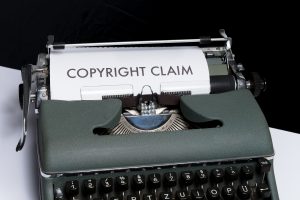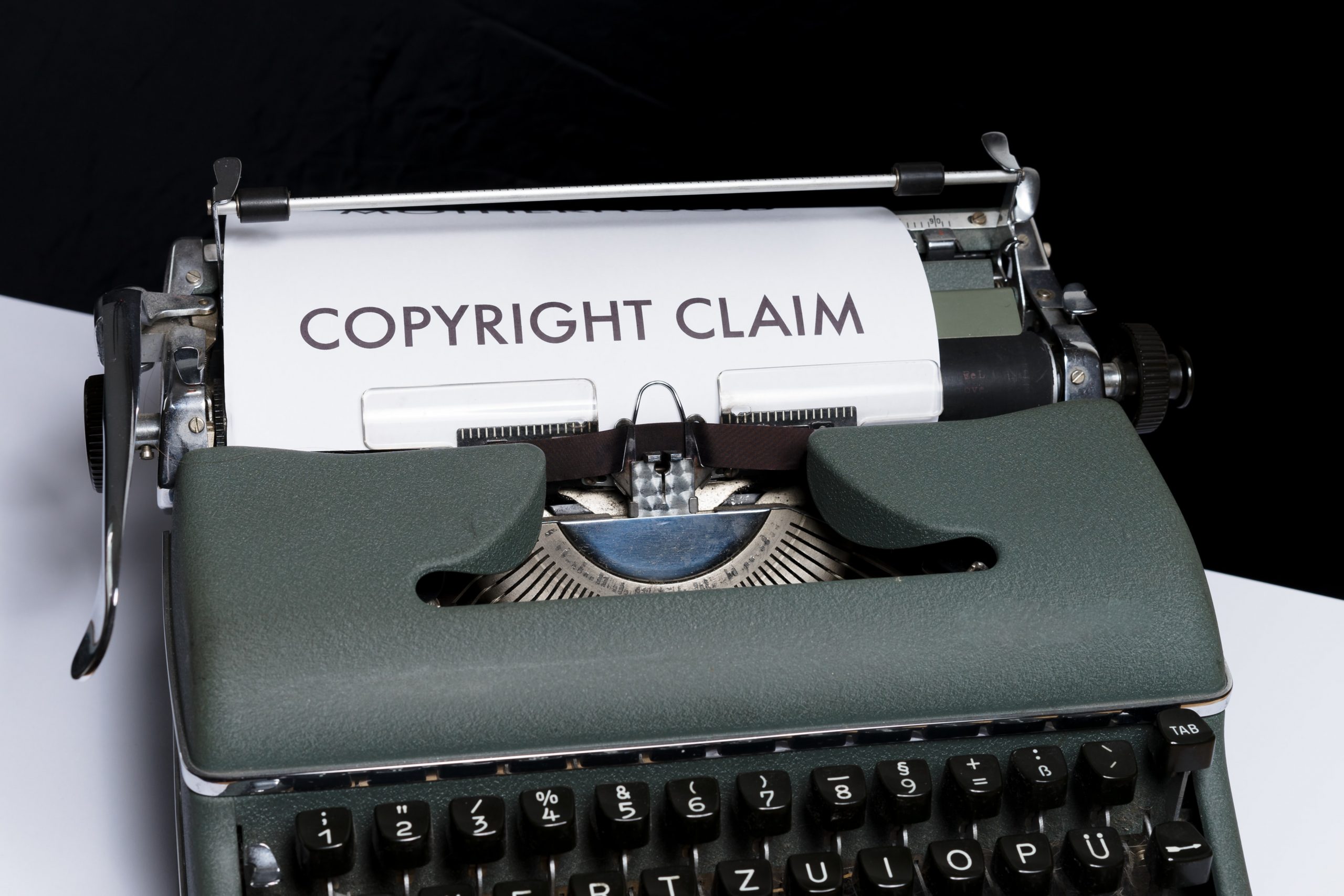I was excited to take the Intellectual Property Survey course at Loyola with Professor Ho in the fall of 2021. However, when the class got to the topic of copyright, I struggled with two topics in that area, one of which was “improper appropriation.” This dealt with a part of the copyright infringement test that determined whether there was substantial similarity between the two works at issue based only on their protectable expression as I discussed in “Righting about Copyright, Part 1.”
On top of struggling at first with improper appropriation, I was also initially confused by the fair use defense to copyright infringement. The fair use doctrine allows for the use of a copyrighted work without the copyright owner’s permission. If a defendant qualifies for the fair use defense, then an action that would otherwise be considered copyright infringement is instead considered non-infringing. So how do courts determine if a defendant qualifies for the fair use defense? Let me explain.
What is the Fair Use Defense?

Photo by Markus Winkler on Unsplash.
The applicability of the fair use defense is evaluated by balancing four factors: 1) the purpose and character of the defendant’s use of the plaintiff’s work, 2) the nature of the plaintiff’s copyrighted work, 3) the amount and substantiality that the defendant took of the plaintiff’s work, and 4) the market effect that the defendant’s use had on the plaintiff’s work.
The first factor asks two major questions: was the defendant’s use commercial and was it “transformative”? If the use is “commercial” (i.e., for profit), this tends to weigh against fair use, but the use could still be found to be fair based on other factors, especially if it is a transformative work or use. A work is considered “transformative” when the defendant uses the original work in a way that creates a new meaning, message, or expression. A classic example of “fair use” is a rap song that parodies a vintage romance song to ridicule the original song’s underlying message about love. In fact, this was a real fair use case, Campbell v. Acuff-Rose Music, Inc. A transformative use involves no newly created works, but a new use of existing works, such as scanning entirety of books for the very different use of permitting full-text search. In that instance, a copyrighted work (the books) was used for a new service entirely different from the original purpose of the books. Generally, the more transformative the work or use is, the more this will weigh in favor of a finding of fair use.
The second factor asks whether the original work is “thickly” or “thinly” copyrightable. In other words, a court needs to inquire as to whether the original work is a highly creative and non-factual expression (“thickly” copyrightable) or a mostly factual expression (“thinly” copyrightable). A movie is an example of a “thickly” copyrightable work while a dictionary is an example of a “thinly” copyrightable work. More creative works tend to be afforded stronger copyright protection, making a defendant less likely to qualify for the fair use defense. However, even if the work is highly creative, fair use might still be permissible if there is a strong transformative use or work.
The third factor asks not just how much of the original work the defendant used, but also whether the defendant used a significant part, or the “heart,” of the work. In general, as more of the original work is used, this tends to weigh against fair use. The same goes for when a small amount of the work is taken, but a significant part of the work is within that small amount. For example, copying an entire movie and posting it on YouTube is obviously taking a large amount, and posting significant scenes from the movie is taking the “heart” of the work.
However, as with the other two factors, if a work is transformative or the use of an existing work is transformative, taking a large amount or a significant part is not just permissible but maybe even necessary to accomplish a transformative purpose. For instance, if Drake was to rearrange the lyrics of a spoken rap song from a jazz musician to criticize the musician’s original message about the superiority of jazz, Drake would need to take a large amount and the “heart” of the work in order for such a criticism to be effective. This is what happened in Estate of Smith v. Graham.
Lastly, the fourth factor asks whether the defendant’s use harms the existing or potential future markets for the plaintiff’s work. If the defendant’s work serves as a substitute for the original, then this tends to weigh against fair use since that would harm the existing work. For example, if consumers began to buy Drake’s song instead of the jazz musician’s song, then that is a harmful market effect.
None of these factors are dispositive but rather are evaluated together to come to a conclusion as to whether there is a fair use or not.
How to Understand Fair Use
As you can imagine, all of these different factors made the analysis pretty hard to understand. If none of the factors are dispositive, how would I know whether there was or wasn’t fair use? What factors were the most important in such an analysis? When I would first go through fair use hypotheticals, I was lost on how to come to a conclusion based on my evaluation of the factors.
After some practice, I began to realize that this process could be described in the most typical lawyer phrase: it depends. The context of each case will determine which factors for or against fair use. For instance, taking a great amount or the most significant part of the work would normally lean against fair use. However, a parody or other transformative work often needs to do so in order to be effective. The defendants in the Campbell case (2 Live Crew) had to take a large amount and significant parts of the original work in order to properly signal to its audience that it was indeed a parody. Thus, this factor may be neutral in a fair use cases such as those involving a parody.
Ultimately, I learned that the first and fourth factors tend to be the two most important factors. These two factors deal guide how the other factors are evaluated. Courts will find that there is less likely going to be a market effect found for transformative works or uses because they generally do not supersede the original work’s market. That is because a transformative work is usually not meant to steal away demand for the original work.
With respect to transformative works, courts consider the second factor to be neutral. Because (as mentioned above) using a lot of the source material is necessary to make an effective parody or satire. So, the second factor is not really considered much in these cases.
But again, it just depends on the facts of each case and one’s assessment of it. There are no “bright-line” rules for fair use, so each case depends on the evaluation of each and every factor.
Going Forward
By the end of the semester, I was able to conceptually understand how both improper appropriation and fair use work, despite my earlier struggles. However, I still had more to learn and more questions that I wanted answered. That’s why I am currently taking Copyright with Professor Matthew Sag. I hope that, by the end of it, my understanding of not just improper appropriation and fair use, but of copyright law in general will be in spectacular shape for my career after graduation.

Brendan Zdunek
Associate Blogger
Loyola University Chicago School of Law, J.D. 2023
